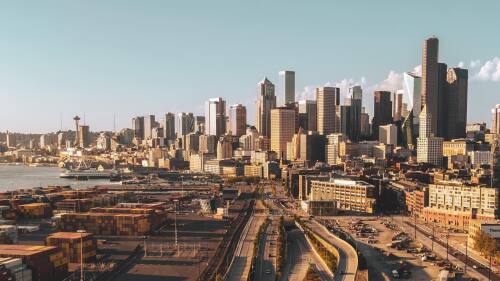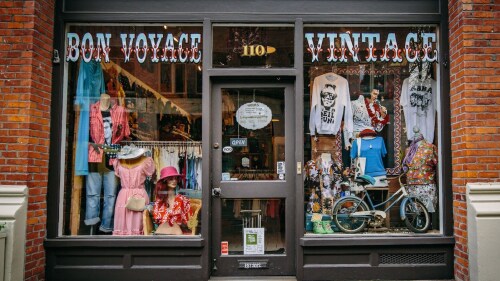Check those mailboxes — King County is in the midst of a special election to determine whether or not to create a new Crisis Care Center levy. Election day is Tuesday, April 25, so make sure to mail-in or drop off your ballot before then.
The Crisis Care Center levy can be broken down into two parts: the care centers, and the levy.
The Crisis Care Centers
Before we get to the levy part (what is that anyways), the care centers are King County’s suggestion for beefing up its behavioral health response by:
- Creating five new, 24/7 behavioral crisis centers (one specifically for youth), each with an urgent care clinic, an observation unit where patients can stay for 23 hours, and a short-term unit where patients can stay for up to 14 days;
- Funding existing mental health centers; and
- Offering salaries for facility staff that are 20% higher than the average mental health care worker.
Officials have yet to determine where the crisis care centers would be located, but they intend to place one in each of four county quadrants (north, east, south, and central King County).
The Levy
However, the proposition isn’t totally about whether voters want the crisis centers, but they want to pay for them through this method — a levy.
Levies are voter-approved property taxes that are set in addition to existing taxes. Your basic property tax can only increase by a certain percentage each year by law. So, if the government wants help paying for a new program (like these crisis centers), they have to create a totally new levy instead of adding to existing systems.
This levy, which would begin in 2024 and end in 2032, would cost property owners $0.145 per $1,000 of assessed property valuation — that amounts to $120 a year for median-valued homes. It will add up to an estimated $1.2 billion in funding over nine years.











